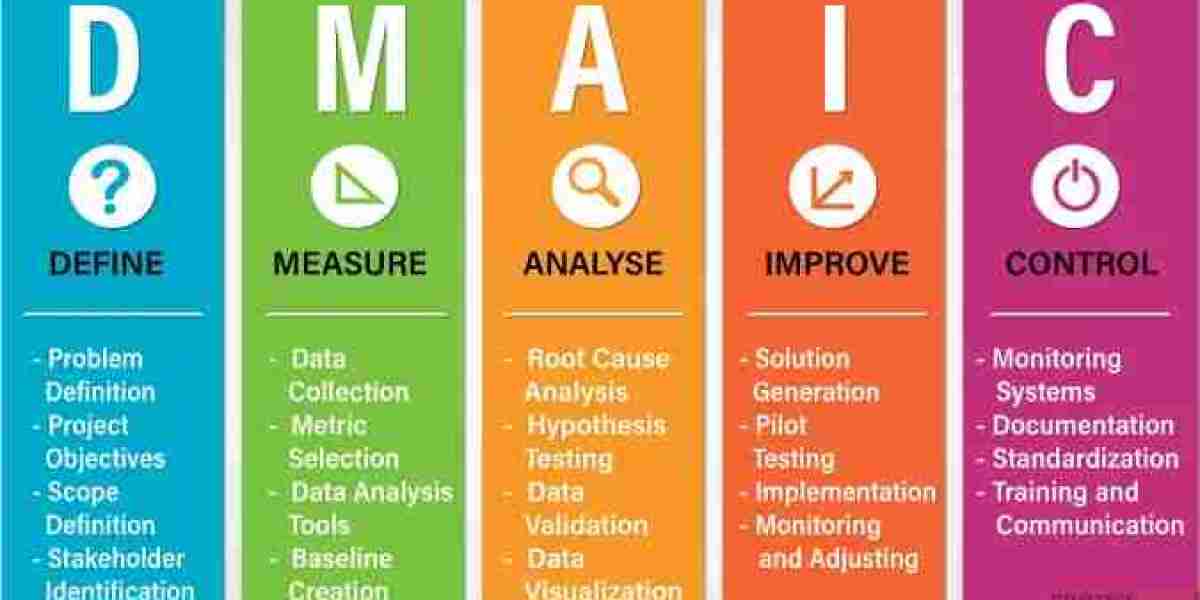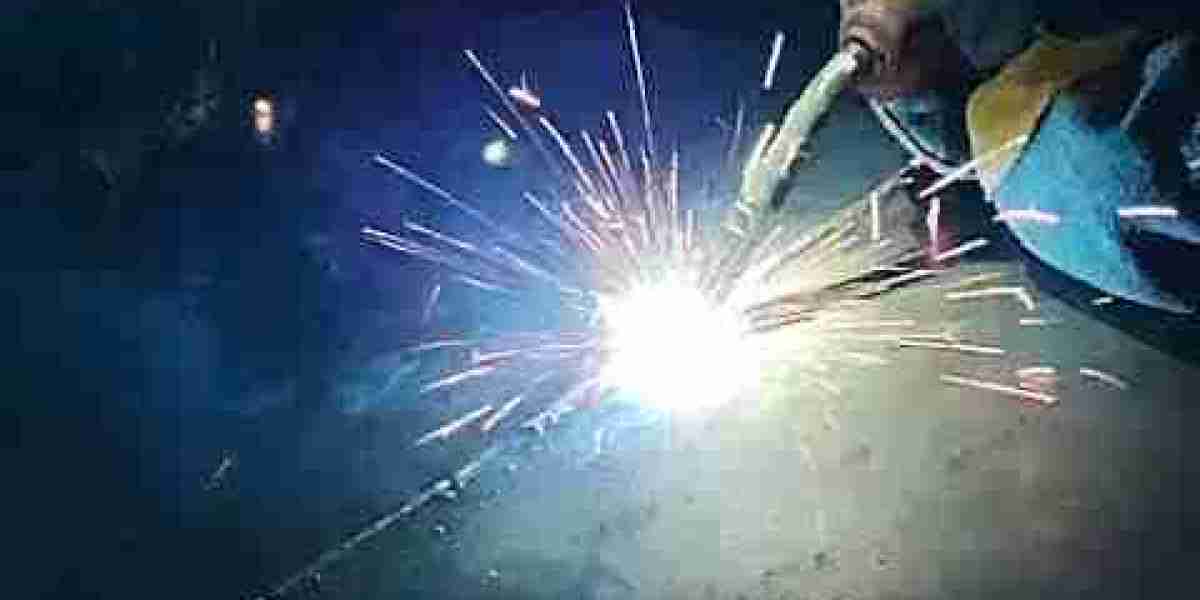Supercharge Your Projects: Mastering DMAIC Tools
Want to make things work better, faster, and smoother? The DMAIC method is like a superhero toolkit for process improvement! It's a step-by-step approach that helps you define problems, measure what's happening, analyze the causes, improve the process, and control the changes. But just like a superhero needs the right gadgets, DMAIC relies on the right tools.
Think of DMAIC as a recipe for success. Each step needs specific ingredients (tools) to make the final dish (improved process) taste amazing. Let's explore some of these essential tools.
DMAIC Tools: Your Superhero Gadgets
Here's a breakdown of the top tools for each DMAIC phase:
Define: This phase is all about understanding the problem.
- Project Charter: Your project's mission statement – outlining the purpose, scope, and goals.
- SIPOC Diagram: A map of the process, showing Suppliers, Inputs, Process, Outputs, and Customers.
- Voice of the Customer (VOC) Analysis: Finding out what your customers really want.
- Affinity Diagram: Organizing lots of ideas into clear categories.
- Stakeholder Analysis: Identifying everyone involved and what they care about.
Measure: Now it's time to see what's actually happening.
- Data Collection Plan: A plan for gathering the right information.
- Process Mapping: Drawing a picture of the process to spot bottlenecks.
- Measurement Systems Analysis (MSA): Making sure your measurements are accurate.
- Histograms and Frequency Plots: Visualizing how your data is spread out.
- Process Capability Analysis: Checking if your process can meet customer needs.
Analyze: Time to put on your detective hat and find the root cause!
- Cause-and-Effect Diagram (Fishbone Diagram): Visualizing all the possible causes of a problem.
- Pareto Chart: Prioritizing the biggest problems to tackle first.
- Hypothesis Testing: Using statistics to prove what's causing the issue.
- Scatter Plot: Finding connections between different things.
- Five Whys Analysis: Asking "Why?" repeatedly to dig deeper.
Improve: Let's find some solutions!
- Brainstorming: Generating lots of creative ideas.
- Failure Mode and Effects Analysis (FMEA): Identifying and preventing potential problems.
- Design of Experiments (DOE): Testing different solutions to find the best one.
- Pilot Testing: Trying out your solution on a small scale first.
- Control Charts: Monitoring the improved process to make sure it stays better.
Control: Making sure the improvements stick!
- Control Charts: (Used again for continuous monitoring.)
- Statistical Process Control (SPC) Charts: Keeping an eye on the process for any changes.
- 5S Methodology: Creating a clean and organized workspace.
- Poka-Yoke (Mistake-Proofing): Preventing errors from happening in the first place.
- Standard Operating Procedures (SOPs): Writing down the best way to do things.
Choosing the Right Tools
Picking the right tools is like choosing the right ingredients for your recipe. It all depends on what you're trying to achieve.
- Know your problem: What exactly are you trying to fix?
- Consider the phase: Each DMAIC phase has its own set of tools.
- Think about the data: What kind of information do you have?
- Team skills: Does your team know how to use the tools?
Want to learn more about these powerful tools and how to use them? This blog post has more information and real-world examples: DMAIC Tools for Process Improvement. It's a great resource for anyone looking to make things better! This article provides a comprehensive overview of the top tools used in each phase of the DMAIC cycle, explaining their purpose and benefits. It's a valuable resource for anyone interested in process improvement methodologies.
#education




